Luxury Cosmetic Packaging Ideas
This abstract provides a guide to luxury cosmetic packaging, covering its history, key design elements, materials, and the latest industry trends like sustainability.
Summary
Luxury cosmetic packaging encompasses a wide range of high-quality materials and innovative designs that enhance the consumer experience while reflecting the premium nature of beauty products. The significance of luxury packaging extends beyond mere aesthetics; it serves as a vital marketing tool that communicates brand identity and values. As the beauty industry increasingly prioritizes sustainability, luxury packaging has evolved to incorporate eco-friendly materials and practices, aligning with consumer demand for environmentally responsible products. This dual focus on elegance and environmental impact makes luxury cosmetic packaging a notable aspect of modern consumer culture.
The historical roots of cosmetic packaging can be traced back to Ancient Egypt, where ornate glass vessels were utilized to store perfumes and cosmetics, symbolizing status and luxury within society. Over time, advancements in materials and technology have transformed cosmetic packaging from simple, functional containers into intricate designs that enhance brand storytelling and consumer engagement. Contemporary luxury packaging often features materials such as glass, metal, and customized plastics, while design elements include unique shapes, embossed logos, and luxurious finishes, creating an alluring presentation for consumers seeking premium experiences.
One prominent trend within luxury cosmetic packaging is the shift towards sustainability, as brands increasingly adopt eco-friendly practices in response to consumer attitudes that prioritize environmental responsibility. This includes innovations such as refillable containers, biodegradable materials, and minimal packaging waste. Notable brands like Dior and Chanel exemplify this commitment by integrating sustainable practices into their luxurious packaging designs, appealing to eco-conscious consumers while maintaining an exclusive feel. However, challenges persist as companies navigate the balance between luxury and sustainability, including higher costs and regulatory pressures.
Controversies surrounding luxury cosmetic packaging often arise from the industry’s reliance on non-renewable materials and single-use plastics, which contradicts the growing demand for sustainable options. As the market evolves, companies are challenged to innovate while remaining true to the essence of luxury—quality, aesthetics, and exclusivity. The future of luxury cosmetic packaging will likely be defined by the successful integration of sustainability, technology, and personalization, fostering deeper connections with consumers in an increasingly conscious marketplace.
Table of Contents
Historical Overview
The history of cosmetics and their packaging can be traced back to Ancient Egypt, where the use of toiletry items dates back to as early as 6000-3150 BCE. Archaeological finds indicate that the Ancient Egyptians produced ivory combs and kohl spoons during this period, with shapes often inspired by symbols like the ankh, ducks, and lotus flowers. The first instances of cosmetic containers emerged in the 1st Dynasty, with remnants of salve jars discovered at Saqqara, illustrating the early sophistication in cosmetic application and storage.
The Egyptians were also pioneers in glassmaking, utilizing glass jars for both practical and ornamental purposes around 1500 BCE, primarily for storing perfumes and other precious liquids. This innovation laid the groundwork for modern cosmetic packaging, as ornate glass vessels began to signify status and luxury within society. Notably, these vessels were often designed to mimic the appearance of precious stones, enhancing their allure and value.
As the centuries progressed, the evolution of cosmetic packaging continued to adapt to cultural shifts and technological advancements. In modern times, particularly since the late 20th century, cosmetic packaging has undergone significant transformations driven by mass production techniques and the introduction of new materials like plastics. Today’s cosmetic packaging serves not only as functional containers but also as powerful marketing tools, blending aesthetics with sustainability and consumer engagement strategies.
The historical journey of cosmetic packaging reflects a broader narrative of societal values and technological progress, transitioning from simple, utilitarian designs in Ancient Egypt to the complex, branding-focused packages seen in contemporary markets. As the industry moves forward, the emphasis on sustainable materials and innovative designs continues to shape the landscape of luxury cosmetic packaging, ensuring that history remains intertwined with modern consumer practices.
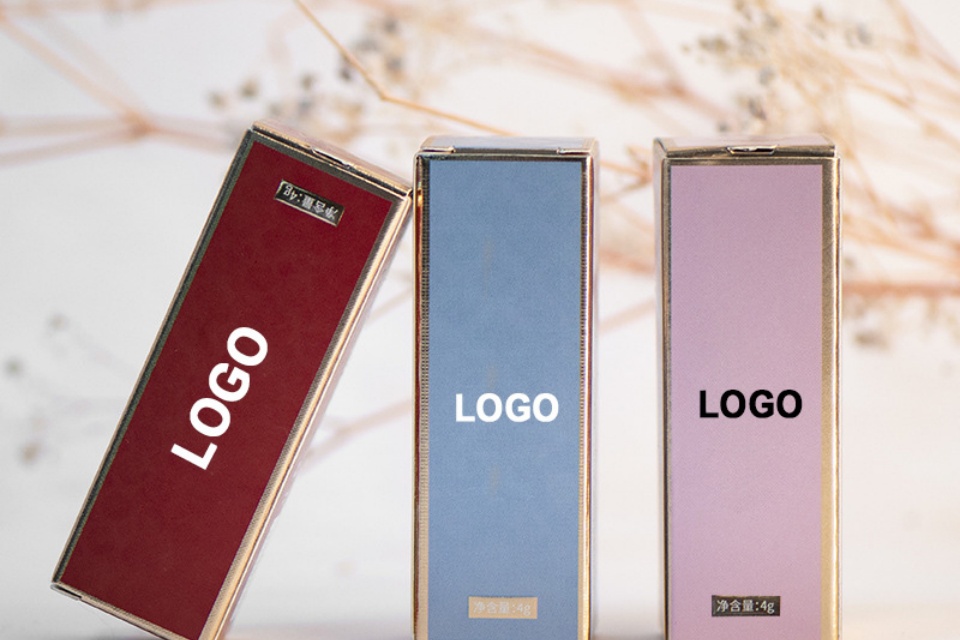
Design Elements
Materials
Luxury cosmetic packaging often features high-end materials such as glass, metal, and custom-shaped plastics. Glass is particularly favored for its elegance and chemical inertness, making it ideal for fragrances and skincare products that require protection against contamination and oxidation. It is also highly recyclable, aligning with sustainability trends. High-quality plastics are selected for their lightness and versatility, allowing for sophisticated finishes, while aluminium is increasingly used for its durability and infinite recyclability, meeting the demands of environmentally-conscious consumers.
Aesthetic Appeal
Creating a unique style in luxury packaging is crucial for attracting consumers and fostering brand loyalty. Designers often incorporate details like embossed logos, custom colors, and unique shapes to create an alluring presentation. Minimalistic designs with clean lines and sober colors are prevalent in the luxury segment, allowing for fine details, such as engraving and metallic treatments, to shine. Decorative finishes like soft touch lamination, hot stamping, and frosted glass add an extra layer of sophistication to packaging designs.
Customization and Innovation
The luxury packaging industry emphasizes customization to cater to individual brand identities. Brands often collaborate with designers to ensure that the packaging reflects their vision and values. This may involve creating prototypes and exploring various printing techniques and materials to achieve the desired effect. Innovative materials, such as compostable and recycled options, are increasingly utilized to enhance the packaging’s visual and tactile appeal while addressing sustainability concerns.
Unique Packaging Structures
Various packaging structures play a significant role in enhancing the luxury experience. Gift bags, tubes, folding cartons, and tins are commonly used to provide both functionality and aesthetic appeal. Gift bags, often made from high-quality paper or fabric, are popular for smaller luxury items like beauty products and fragrances, while folding cartons offer a refined presentation for confectionery and other luxury food items. Unique shapes and interactive packaging elements also contribute to a memorable unboxing experience, aligning with modern consumer expectations for engagement and exclusivity.
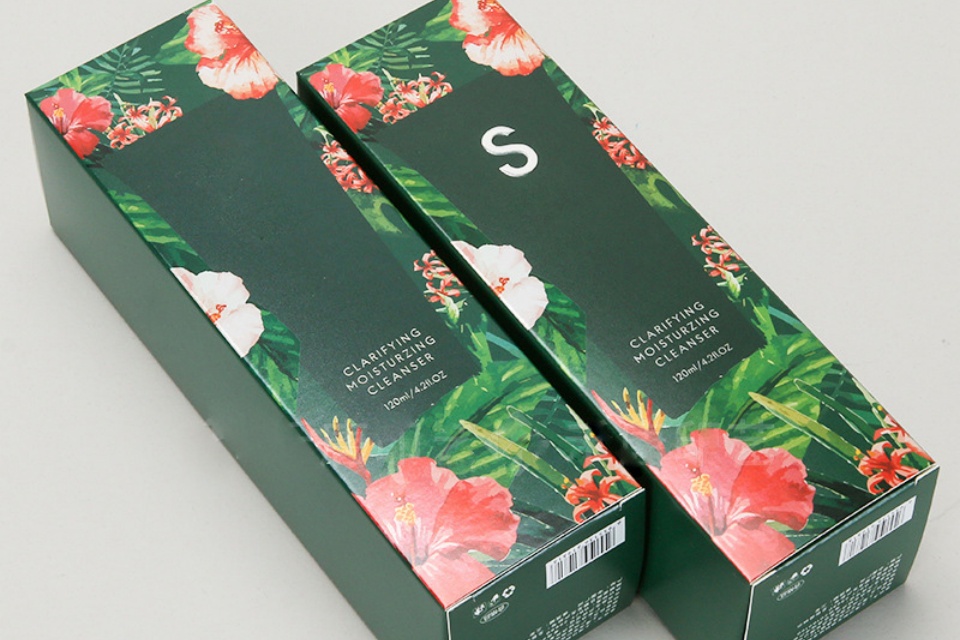
Types of Luxury Cosmetic Packaging
Luxury cosmetic packaging encompasses a wide array of materials and designs, each carefully crafted to enhance the consumer experience and reflect the premium nature of the products. Below are some of the key types of luxury packaging used in the cosmetic industry.
High-Quality Materials
Luxury cosmetic packaging often utilizes premium materials to evoke a sense of exclusivity and quality. Common materials include glass, acrylic, and metal, which provide a refined aesthetic and durable protection for the products inside.
Rigid Boxes
Rigid boxes are a hallmark of high-end packaging, characterized by their thick paperboard construction and luxurious finishes. These boxes are non-collapsible, providing significant structural integrity and a perception of permanence. They are often wrapped in high-end materials such as fine papers or genuine fabrics, creating a sense of luxury and sophistication.
Bespoke Designs
Bespoke designs in luxury packaging create a unique and personalized experience for consumers. Custom-designed boxes can feature intricate opening mechanisms that transform the act of unboxing into a ceremonial experience. Examples include drawer-style boxes, hinged lids secured with hidden magnets, and clam-shell designs.
Bottles and Compacts
Bottles are commonly used for liquid cosmetics, including lotions and serums, and can feature pumps, droppers, or spray nozzles for ease of application. Compacts are typically used for solid or pressed powder cosmetics and often come with mirrors and applicators, providing convenience alongside elegance.
Pouches
Pouches represent a modern trend in cosmetic packaging, especially for travel-sized products. Their lightweight and flexible nature allows for reduced material usage compared to traditional packaging, aligning with contemporary environmental concerns.
Tubes and Tins
Tubes are cylindrical containers made from materials like cardboard or metal, often used for creams and gels. Tins, made of metal, are also popular for their sturdiness and aesthetic appeal, frequently used for balms and solid fragrances.
Sustainable Packaging
With growing environmental awareness, many luxury brands are incorporating sustainable practices into their packaging strategies. Refillable systems, biodegradable materials, and reduced packaging waste are becoming standard, with companies striving to balance luxury and sustainability.
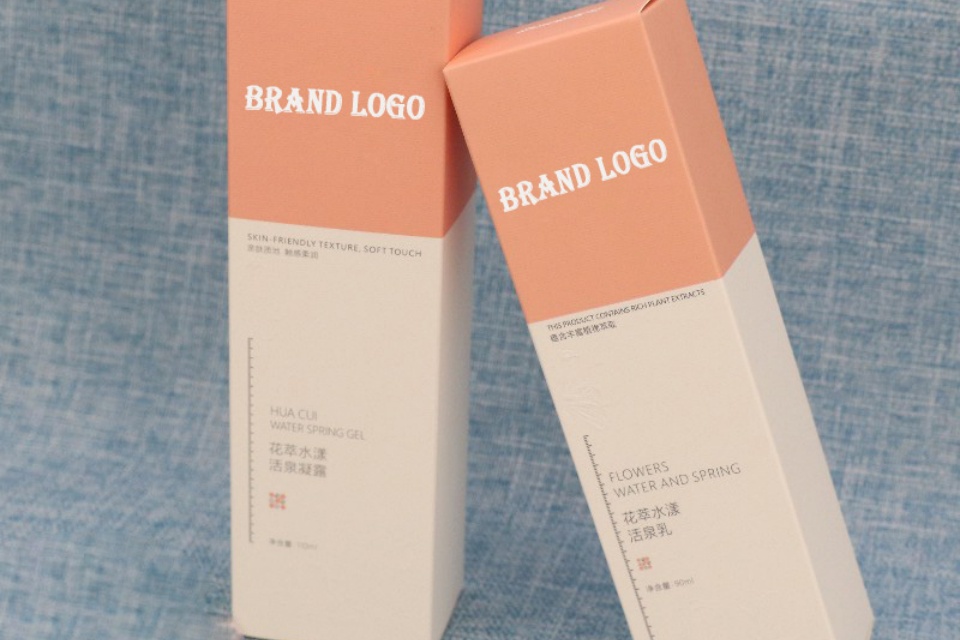
Sustainability in Luxury Packaging
Overview of Consumer Attitudes
Consumer attitudes towards sustainability are shifting significantly, with eco-conscious consumers actively seeking sustainable products. This shift is influencing trends in the packaging industry, as conscious consumers prioritize a balance between sustainability and functionality. Options such as refillable packaging, recyclable containers, and eco-friendly cosmetic packaging alternatives—like refillable glass jars—are becoming popular as brands aim to build consumer trust and enhance customer satisfaction while positively impacting the market.
Types of Sustainable Packaging
Luxury packaging that aligns with sustainability goals includes a variety of innovative materials and designs. For instance, airless pump bottles made from recycled materials, compostable paper bottles, and skincare packaging in glass or bamboo containers are increasingly favored. Historically, luxury packaging emphasized elaborate designs often made from non-renewable materials, but contemporary solutions focus on using biodegradable materials, recycled paper, and other sustainable options to maintain an aesthetic appeal while reducing environmental footprints.
Innovations in Material and Design
The integration of high-quality, sustainable materials into luxury packaging is essential for maintaining exclusivity and personalization. Unique features such as laser engraving and special finishes not only enhance the packaging’s visual appeal but also resonate with environmentally conscious consumers. Brands are increasingly collaborating with packaging manufacturers committed to environmental sustainability to develop innovative solutions that preserve the quality and aesthetics expected from luxury products.
Importance of Zero-Waste Packaging
Zero-waste packaging represents a pinnacle of sustainability, as it aims to leave no trace in landfills. This approach involves packaging that is either fully recyclable, refillable, or compostable. An example of this is SOAPBOTTLE, which designs eco-friendly containers that can be repurposed into hand soap after their primary use, exemplifying a truly zero-waste solution. This kind of innovative packaging not only reduces waste but also enhances consumer engagement with the brand.
Regulatory Drivers of Sustainable Packaging
Governments worldwide are increasingly implementing regulations that promote eco-friendly packaging solutions, such as bans on single-use plastics and incentives for sustainable practices. These regulations significantly influence the eco-friendly packaging market, encouraging brands to adopt recyclable, compostable, and biodegradable materials to comply with evolving standards and consumer expectations.
Challenges and Strategies for Implementation
While the benefits of sustainable packaging are clear, the transition presents challenges for cosmetic companies, including higher costs and limited material availability. To overcome these hurdles, brands are encouraged to adopt a gradual approach, starting with small changes and scaling up as they gain experience. Collaborations with environmental organizations and sustainability experts can facilitate access to cutting-edge technologies, while consumer education about sustainable practices is vital to fostering acceptance and demand for these innovations.
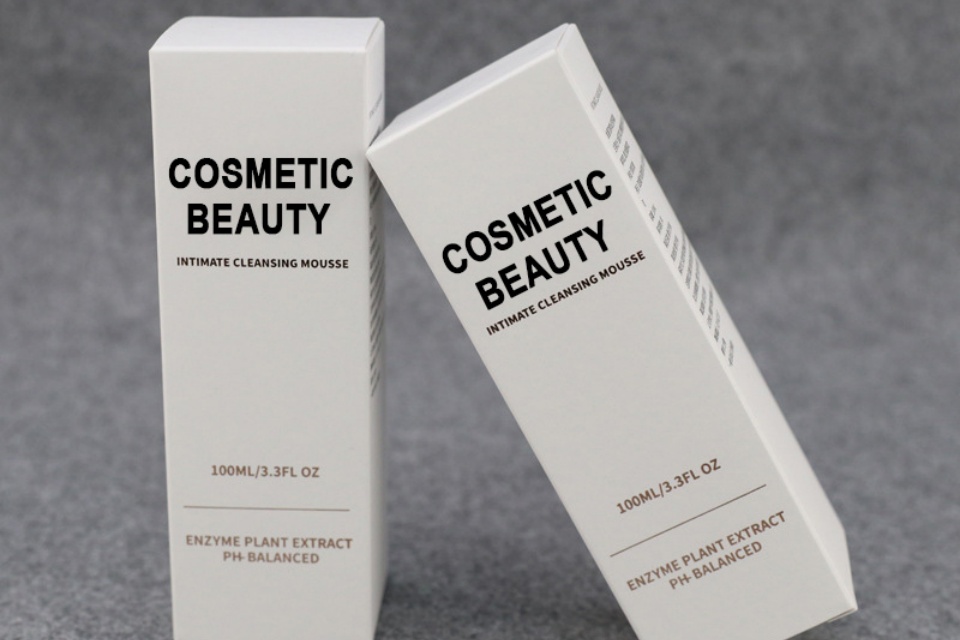
Case Studies
Boomii Balm Case
The Boomii Balm Case exemplifies innovative packaging in the cosmetics industry through its use of recycled aluminum for a refillable compact designed for a clean, cruelty-free cosmetics line. This choice was driven by the recycling challenges associated with multi-material plastic compacts, as aluminum can be infinitely recycled. The packaging’s design, reminiscent of a smooth river stone, reflects Boomii’s earth-inspired ethos, showcasing a commitment to both sustainability and aesthetic appeal.
Elate Cosmetics
Elate Cosmetics is recognized as a leader in zero waste makeup, offering a comprehensive range of products that are either compostable or recyclable. Notably, 75% of their offerings are designed with sustainability in mind, addressing consumer preferences for environmentally friendly options. Their approach highlights a growing trend towards eco-conscious packaging solutions within the luxury cosmetics sector, aligning product integrity with consumer values.
Dior Beauty
Dior’s packaging strategy merges craftsmanship with innovation, particularly evident in their luxury cosmetic packaging boxes, which are often designed to resemble jewelry boxes. These boxes feature layered inserts and velvet linings, transforming the unboxing experience into a luxurious event. This thoughtful design enhances customer perception and aligns with Dior’s high-end positioning in the beauty market, reinforcing the brand’s commitment to providing an elegant and exclusive product experience.
Chanel
Chanel’s iconic minimalistic packaging design is celebrated globally for its elegance and environmental consciousness. The use of sustainable materials in their cosmetic boxes not only communicates sophistication but also supports Chanel’s commitment to reducing environmental impact. The brand effectively balances luxury with sustainability, creating packaging that is both visually appealing and responsible.
Lancôme
Lancôme, part of the L’Oréal Group, combines delicate floral patterns with sophisticated materials in their luxury skincare packaging. The meticulous attention to detail and premium design elevate customer perception, aligning with the brand’s high-end market position. Lancôme’s packaging reflects its dedication to creating an experience that resonates with consumers seeking both effectiveness and elegance in their beauty products.
Tatcha
Tatcha stands out for blending centuries-old Japanese skincare rituals with modern luxury packaging. Each product is presented in beautifully designed boxes inspired by traditional washi textures and delicate watercolors, coupled with refined gold detailing. This thoughtful packaging design not only enhances the unboxing experience but also connects the product to its cultural heritage, making it emotionally resonant with consumers. These case studies illustrate the diverse approaches luxury cosmetic brands are taking to enhance their packaging, emphasizing sustainability, elegance, and consumer engagement.
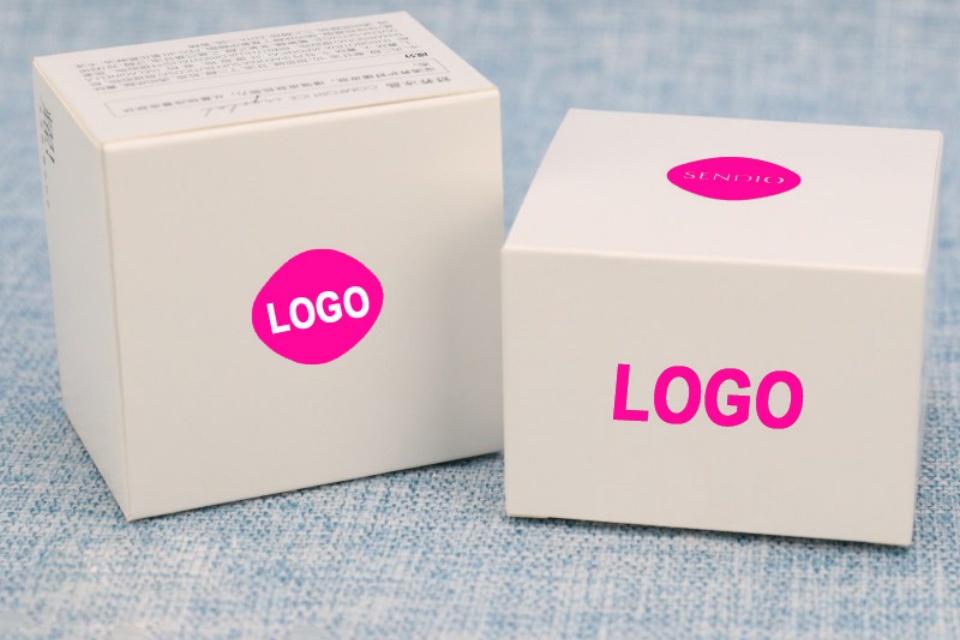
Trends in Luxury Cosmetic Packaging
Technology Integration
The intersection of technology and packaging is reshaping the luxury cosmetics landscape, primarily through the adoption of smart packaging solutions. Innovations such as QR codes, NFC tags, and augmented reality (AR) elements are becoming increasingly prevalent. These technologies transform traditional packaging into interactive experiences that engage consumers on multiple levels, offering access to product information, tutorials, and brand stories, thereby enhancing customer loyalty and engagement.
Sustainability and Eco-Friendliness
Sustainability is a critical trend in luxury cosmetic packaging, with brands focusing on eco-friendly materials and designs. Consumers are becoming more environmentally conscious, leading to a preference for packaging that is recyclable or made from sustainable resources. Innovations include the use of biodegradable materials, such as mushroom mycelium and water-soluble plastics, which not only reduce environmental impact but also cater to the growing demand for transparency in the sourcing of materials.
Customization and Personalization
Customization is a significant factor that distinguishes luxury packaging from standard offerings. High-end brands are increasingly offering personalized packaging options, such as engraved containers, monogramming, and modular designs that allow consumers to tailor their products. This level of personalization not only enhances the consumer experience but also fosters brand loyalty by making each purchase feel unique and special. The trend extends to hyper-personalization, where brands create products specifically tailored to individual customer preferences, integrating their personal details into the packaging design.
Experiential and Immersive Packaging
Luxury cosmetic packaging is also evolving towards experiential designs that engage consumers through sensory and interactive elements. This includes packaging that creates immersive experiences, such as interactive features that respond to user input or innovative shapes that invite exploration. This trend aims to forge a deeper emotional connection between the consumer and the brand, making the unboxing experience memorable and shareable on social media.
Focus on Aesthetics and Detail
In the realm of luxury cosmetics, aesthetics play a vital role. High-quality materials, unique shapes, and intricate designs are hallmarks of luxury packaging. Brands are investing in premium materials like glass, metal, and custom-shaped plastics to create a luxurious feel. Attention to detail, from elegant typography to the quality of closures, enhances the overall product presentation and reinforces brand identity. These trends indicate a dynamic shift in luxury cosmetic packaging, where technology, sustainability, and personalized experiences are becoming essential components of the consumer journey. As the market continues to evolve, brands that effectively integrate these elements into their packaging strategies are likely to stand out and foster lasting customer relationships.
